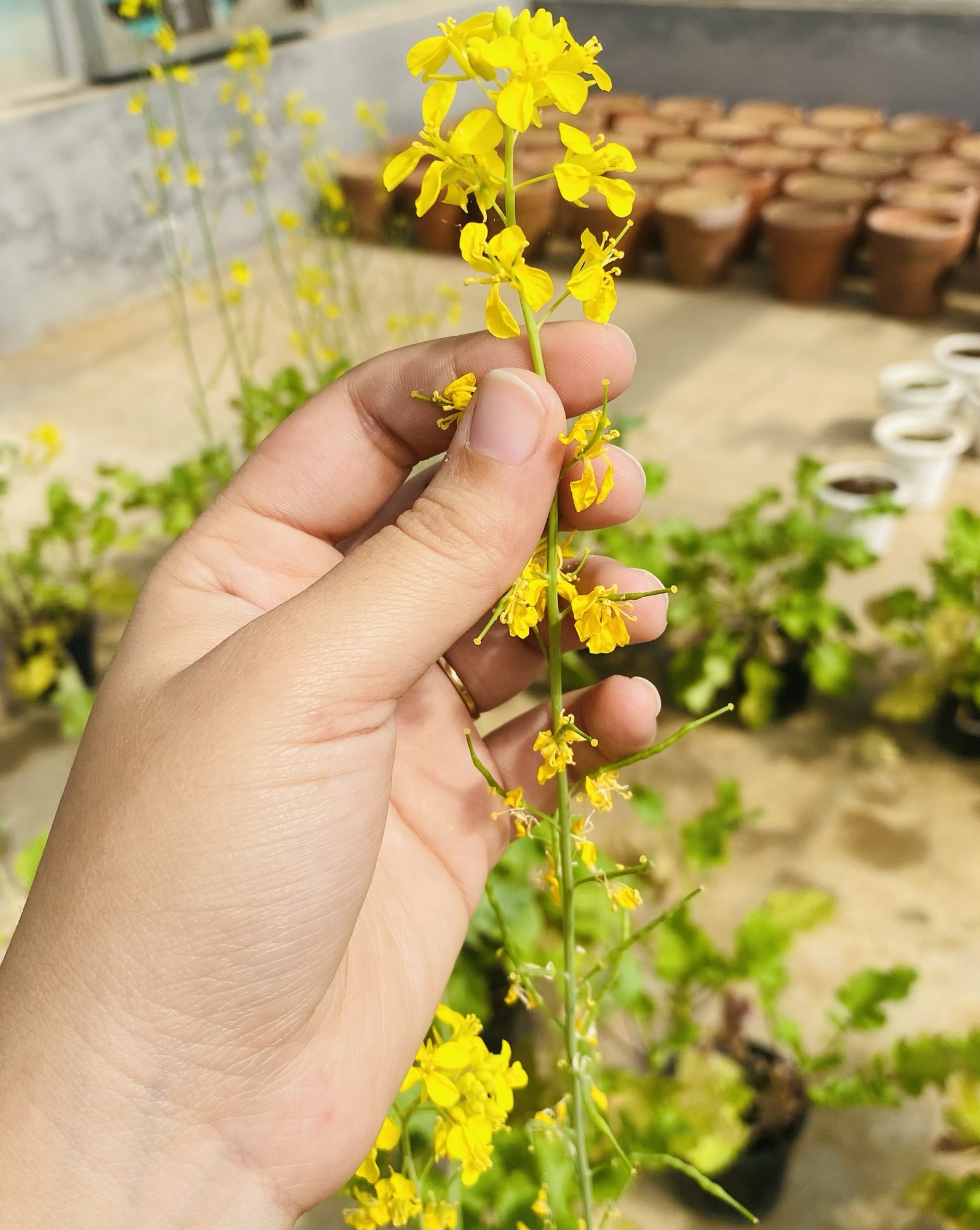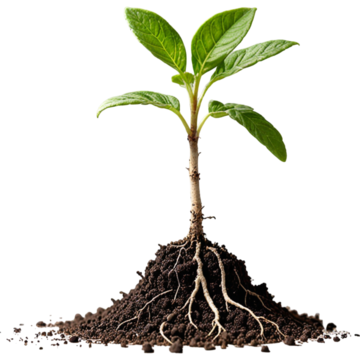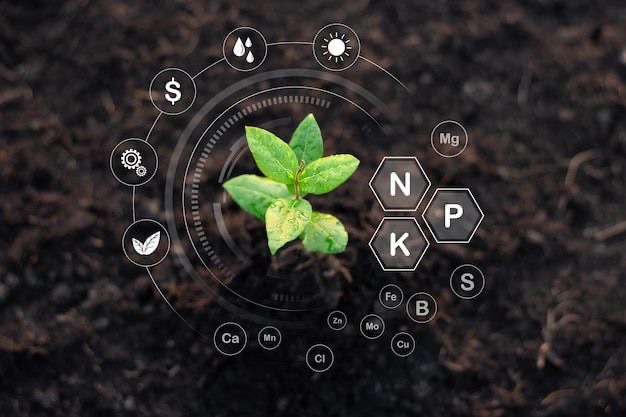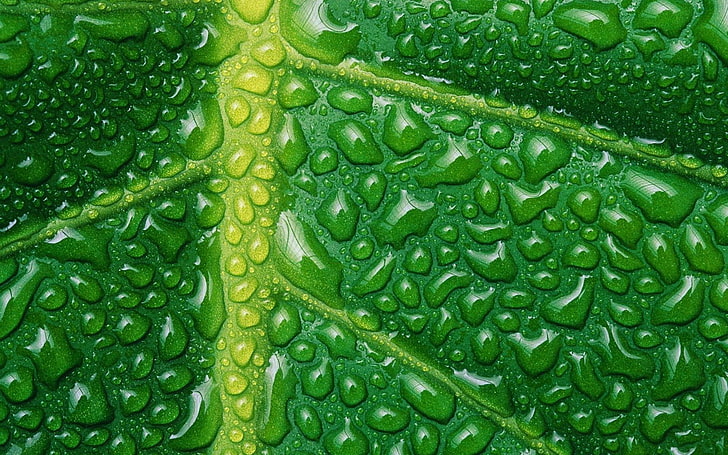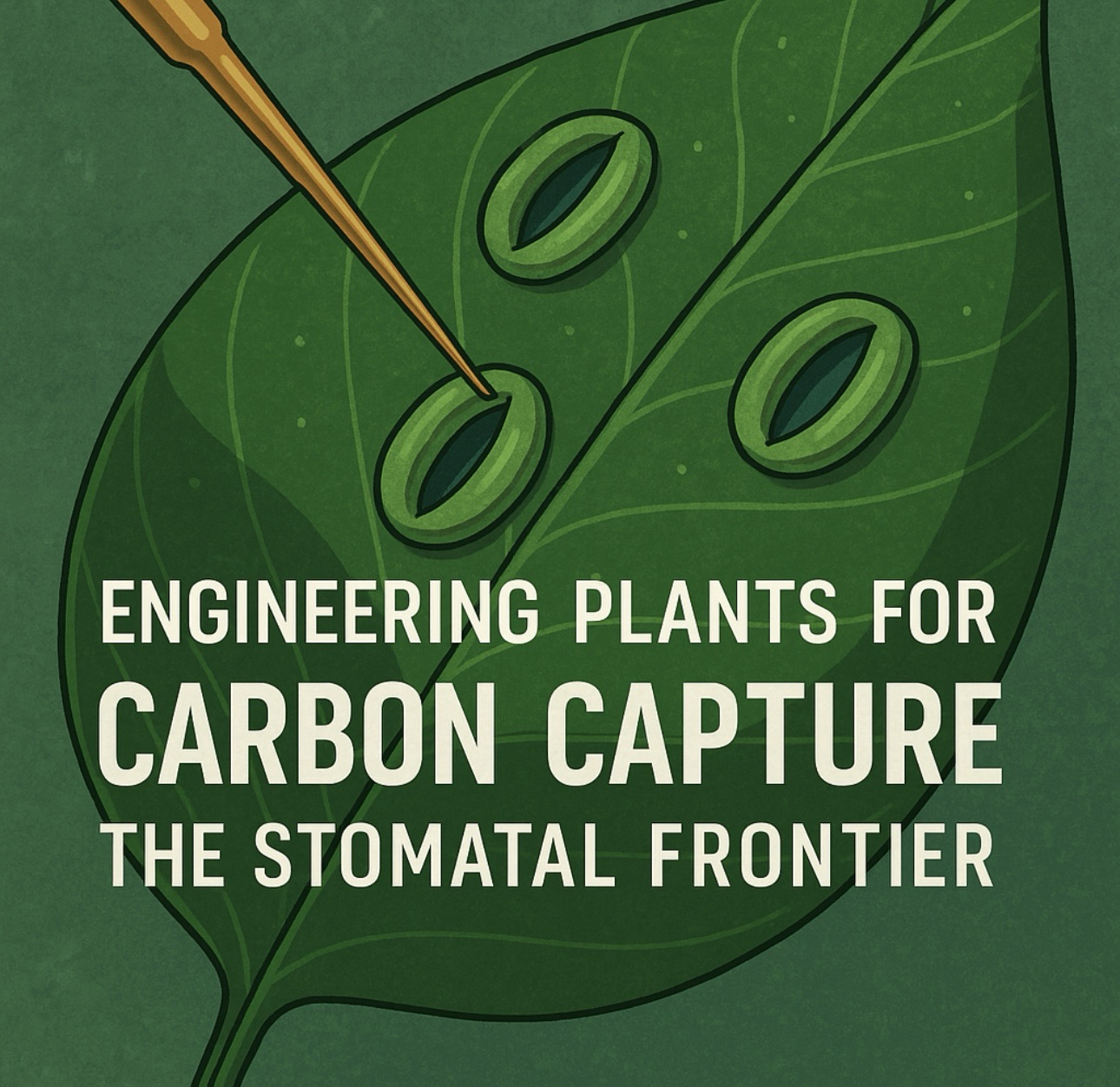Plants, though seemingly passive organisms, have developed complex mechanisms to respond to external stimuli. One such fascinating response is thigmotropism, which refers to a plant’s ability to change its growth pattern in response to mechanical stimuli such as touch, pressure, or contact with a surface. Thigmotropism is commonly observed in climbing plants, vines, and tendrils, but it also plays a crucial role in root growth, leaf movements, and defense responses. This phenomenon allows plants to optimize their structural support, increase their chances of survival, and enhance their interactions with the environment.
Thigmotropism is primarily mediated by mechanical sensing mechanisms that involve specialized cells capable of detecting touch or mechanical pressure. When a plant comes into contact with an object, it activates a series of biochemical and physiological responses that alter cell growth and development.
The primary mechanism behind thigmotropism involves signal transduction pathways, where mechanical stimuli are converted into biochemical signals. The plant perceives touch through mechanoreceptors, which are stretch-activated ion channels located in the plasma membrane of cells. These channels allow calcium ions (Ca²⁺) to enter the cytoplasm, triggering a cascade of secondary messengers such as reactive oxygen species (ROS), phytohormones, and electrical signals. These messengers activate genes responsible for modifying cell expansion, cell wall flexibility, and directional growth.
Auxins, a class of plant hormones, play a central role in thigmotropic responses by regulating differential cell elongation. When a tendril or stem touches an object, auxins accumulate on the side away from the contact point, promoting asymmetric growth that causes the plant to bend toward the support. This directed growth ensures that climbing plants can attach themselves to structures and continue their upward movement.
Types of Thigmotropism
Thigmotropism manifests in different ways depending on the plant species and environmental conditions. The most common types include:
1. Positive Thigmotropism
Positive thigmotropism occurs when a plant grows toward the mechanical stimulus. Climbing plants such as peas (Pisum sativum), grapevines (Vitis vinifera), and passionflowers (Passiflora spp.) exhibit positive thigmotropism through tendrils that coil around available support structures. This response enables them to secure themselves and access sunlight more efficiently.
2. Negative Thigmotropism
Negative thigmotropism occurs when a plant grows away from the touch stimulus. An example can be seen in some roots that avoid solid objects in the soil. As roots navigate through the soil matrix, they use mechanosensing to detect obstacles and redirect their growth around them, ensuring optimal penetration into the substrate for water and nutrient uptake.
Examples of Thigmotropism in Plants
Several plant species demonstrate remarkable thigmotropic responses, particularly in their climbing and support-seeking strategies.
1. Tendrils and Vines
Tendrils of plants like cucumbers (Cucumis sativus), sweet peas (Lathyrus odoratus), and passionflowers exhibit classic thigmotropic behavior. When a tendril comes into contact with a support, it begins to wrap around it due to differential growth on either side of the tendril. This coiling response is driven by auxins and ethylene, which regulate cell expansion and curvature.
2. Root Thigmotropism
Roots exhibit thigmotropism as they navigate through soil, avoiding obstacles such as rocks. This negative thigmotropic response ensures efficient anchorage and access to essential resources. The root cap, particularly the columella cells, contains mechanosensitive cells that perceive physical barriers and redirect root growth accordingly.
3. Leaf and Stem Movements
Some plants exhibit thigmonastic movements (touch-induced non-directional responses), which, although distinct from thigmotropism, are closely related. The sensitive plant (Mimosa pudica) reacts to touch by rapidly folding its leaflets, a defense mechanism against herbivory. Similarly, the Venus flytrap (Dionaea muscipula) snaps its lobes shut upon detecting prey movement.
Ecological and Evolutionary Significance
Thigmotropism provides several adaptive advantages to plants, allowing them to survive and thrive in diverse environments. Climbing plants can reach higher light levels without investing heavily in thick, woody stems. This evolutionary strategy conserves energy while maximizing access to sunlight for photosynthesis.
In roots, thigmotropism facilitates efficient soil penetration, allowing plants to secure water and nutrients effectively. This adaptive trait is particularly beneficial in rocky or compacted soils where roots must navigate around physical barriers.
Additionally, thigmotropic responses contribute to plant defense mechanisms. For instance, the rapid movements of Mimosa pudica deter herbivores by making the plant appear unappetizing. Similarly, mechanical stimulation in some plants induces lignification and strengthening of cell walls, making them more resistant to pathogens and mechanical damage.
Agricultural and Horticultural Implications
Understanding thigmotropism has significant implications for agriculture and horticulture. Trellis-based cultivation of climbing crops such as beans, grapes, and cucumbers relies on the natural thigmotropic responses of tendrils to provide support structures efficiently. Manipulating plant responses through controlled mechanical stimulation can also enhance stress tolerance and improve crop yields.
In controlled environments such as greenhouses, researchers have explored how mechanical stress (thigmomorphogenesis) can strengthen plant stems, making them more resistant to lodging (falling over). Regular mechanical stimulation, such as gentle brushing of seedlings, has been shown to enhance stem rigidity in crops like tomatoes and wheat.
Furthermore, research into mechanosensitive genes may lead to biotechnological advancements in crop breeding, enabling the development of plants with improved structural support, resilience to environmental stress, and optimized growth patterns.
Conclusion
Thigmotropism is a crucial adaptive mechanism that allows plants to respond dynamically to touch and mechanical stimuli. Whether in climbing vines, roots navigating soil, or leaves reacting to touch, this phenomenon plays an essential role in plant survival and ecological interactions. The intricate signaling pathways governing thigmotropic responses offer valuable insights into plant behavior, with promising applications in agriculture and horticulture. As research continues to unravel the complexities of mechanosensing in plants, our understanding of plant-environment interactions will continue to expand, opening new possibilities for enhancing plant growth and resilience in changing environmental conditions.
References
1. Braam, J. (2005). In touch: plant responses to mechanical stimuli. New Phytologist, 165(2), 373-389. https://doi.org/10.1111/j.1469-8137.2004.01263.x
2. Chehab, E. W., Eich, E., & Braam, J. (2009). Thigmomorphogenesis: A complex plant response to mechanical stimulation. Journal of Experimental Botany, 60(1), 43-56. https://doi.org/10.1093/jxb/ern315
3. Darwin, C. (1875). The Power of Movement in Plants. John Murray, London.
4. Hamant, O., & Haswell, E. S. (2017). Life behind the wall: sensing mechanical cues in plants. BMC Biology, 15, 59. https://doi.org/10.1186/s12915-017-0403-5
5. Jaffe, M. J. (1973). Thigmomorphogenesis: The response of plant growth and development to mechanical stimulation. Planta, 114(2), 143-157. https://doi.org/10.1007/BF00387472
6. Monshausen, G. B., & Haswell, E. S. (2013). A force of nature: molecular mechanisms of mechanoperception in plants. Journal of Experimental Botany, 64(15), 4663-4680. https://doi.org/10.1093/jxb/ert204
7. Telewski, F. W. (2006). A unified hypothesis of mechanoperception in plants. American Journal of Botany, 93(10), 1466-1476. https://doi.org/10.3732/ajb.93.10.1466






